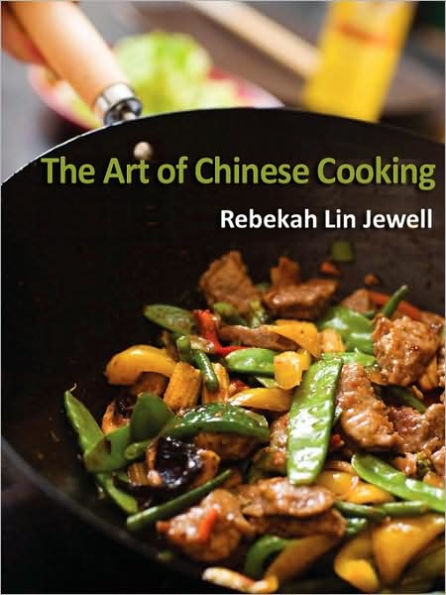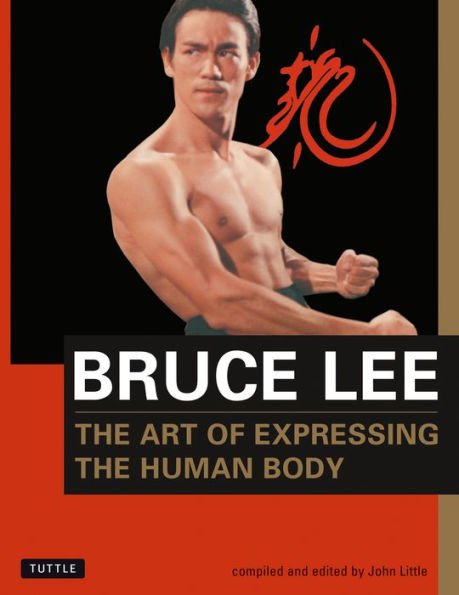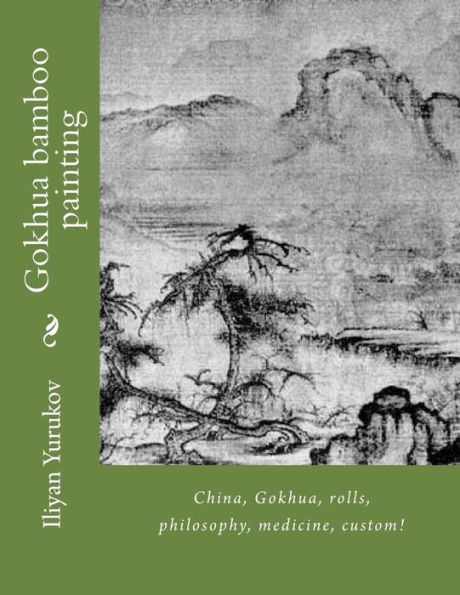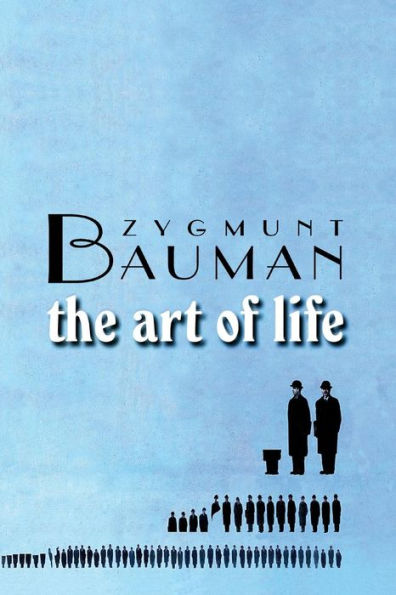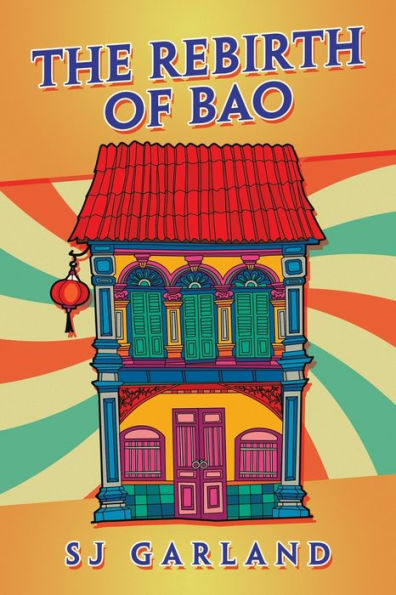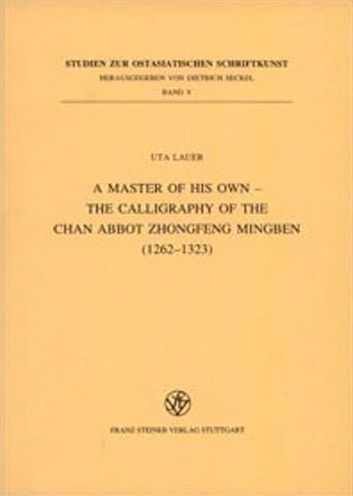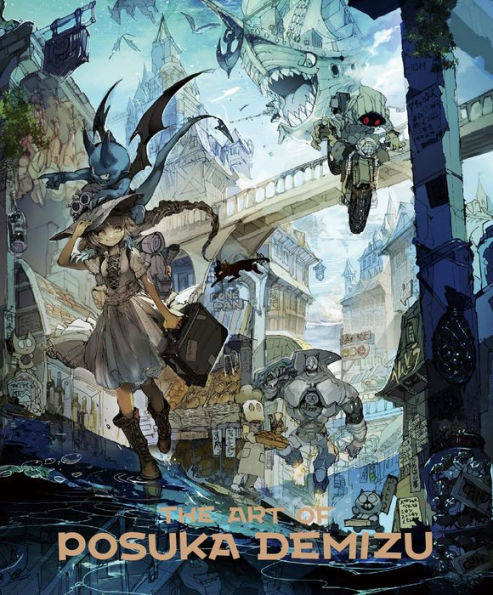Home
The Art of Baiyou Han
Loading Inventory...
Barnes and Noble
The Art of Baiyou Han
Current price: $25.00
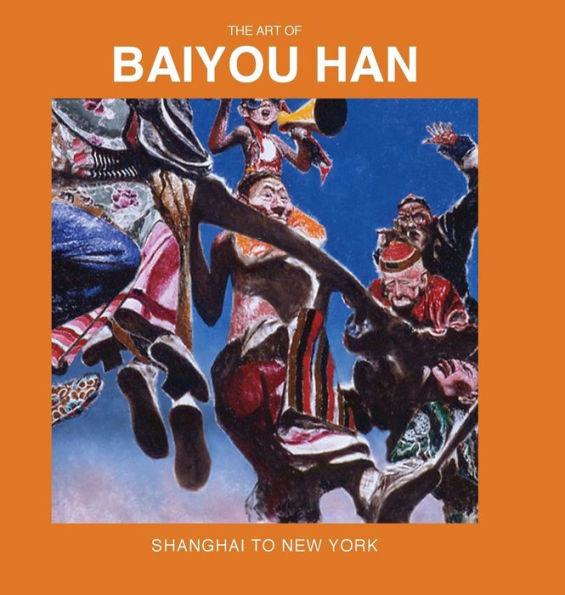

Barnes and Noble
The Art of Baiyou Han
Current price: $25.00
Loading Inventory...
Size: OS
*Product Information may vary - to confirm product availability, pricing, and additional information please contact Barnes and Noble
Baiyou Han, who died in 1998, left a legacy of over one hundred paintings as well as a large number of writings about art and culture. He was born in Shanghai in 1936. His family was steeped in the cultural life of the city, his grandfather was a famous scholar and art collector. His mother was a teacher of English at a Catholic High School. Baiyou studied art with Lui Hai-su, who was designated a First National Treasure in China. After graduation from Hua Tung College of Fine Art, Wuxi, Baiyou Han worked in the National Artists United Association of China and taught oil painting at the Dept. of Art, Central Nationalities College in Beijing. he was one of the earlier founders of The Beijing National Museum. He was forbidden to carry on his painting and teaching for thirteen years during the period of "The Cultural Revolution", being forced to work in a factory instead.
Baiyou married Chinese American Alice Chien-Ying Shen and moved with her to America in 1990, where they settled in Staten Island, New York. He became an American citizen in 1994. During his life in America, he produced a series of large oil paintings. These works, which depict foibles of humanity set at the end of the Chinese Imperial Dynasties in which modern technology and western culture were interacting with ancient Chinese traditions. This series is called "Historical Fictionism" and stands as his most ambitious and powerful achievement. He also did a series of small paintings concerning the several princes of the imperial court, and how they entertained themselves while waiting to see if any of them might ascend to the throne, This is the "Aur-Gur" series.
Baiyou Han's last works were the series called "Heavenly Beauty" which use the same generalized time frame as "Historical Fictionism," but which show various milder activities of the court, such as the playing of music, painting, and small social events. He also painted still lives, street scenes, nudes, and abstractions as well as a very stylized series showing scenes from the Beijing Opera.


